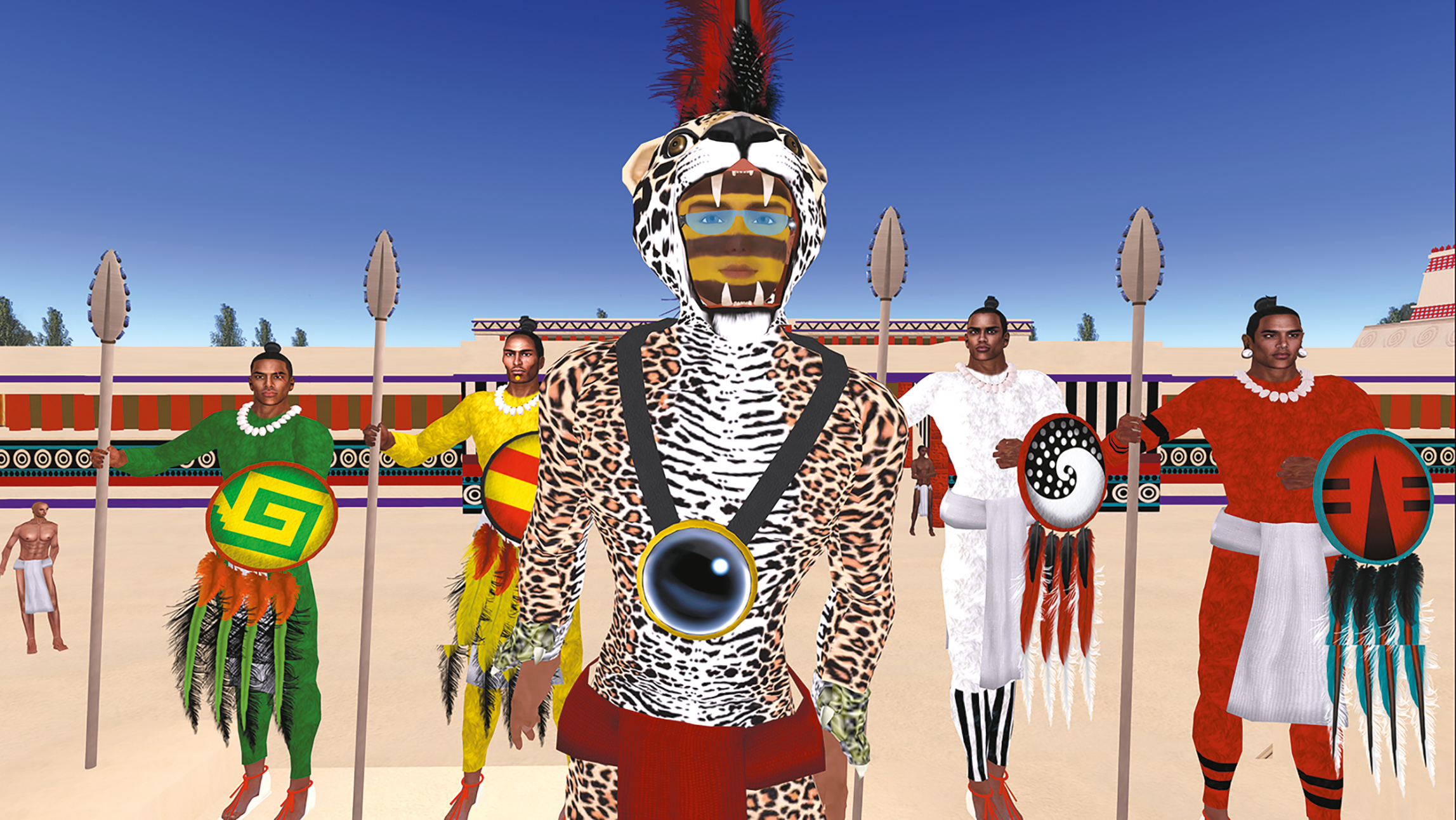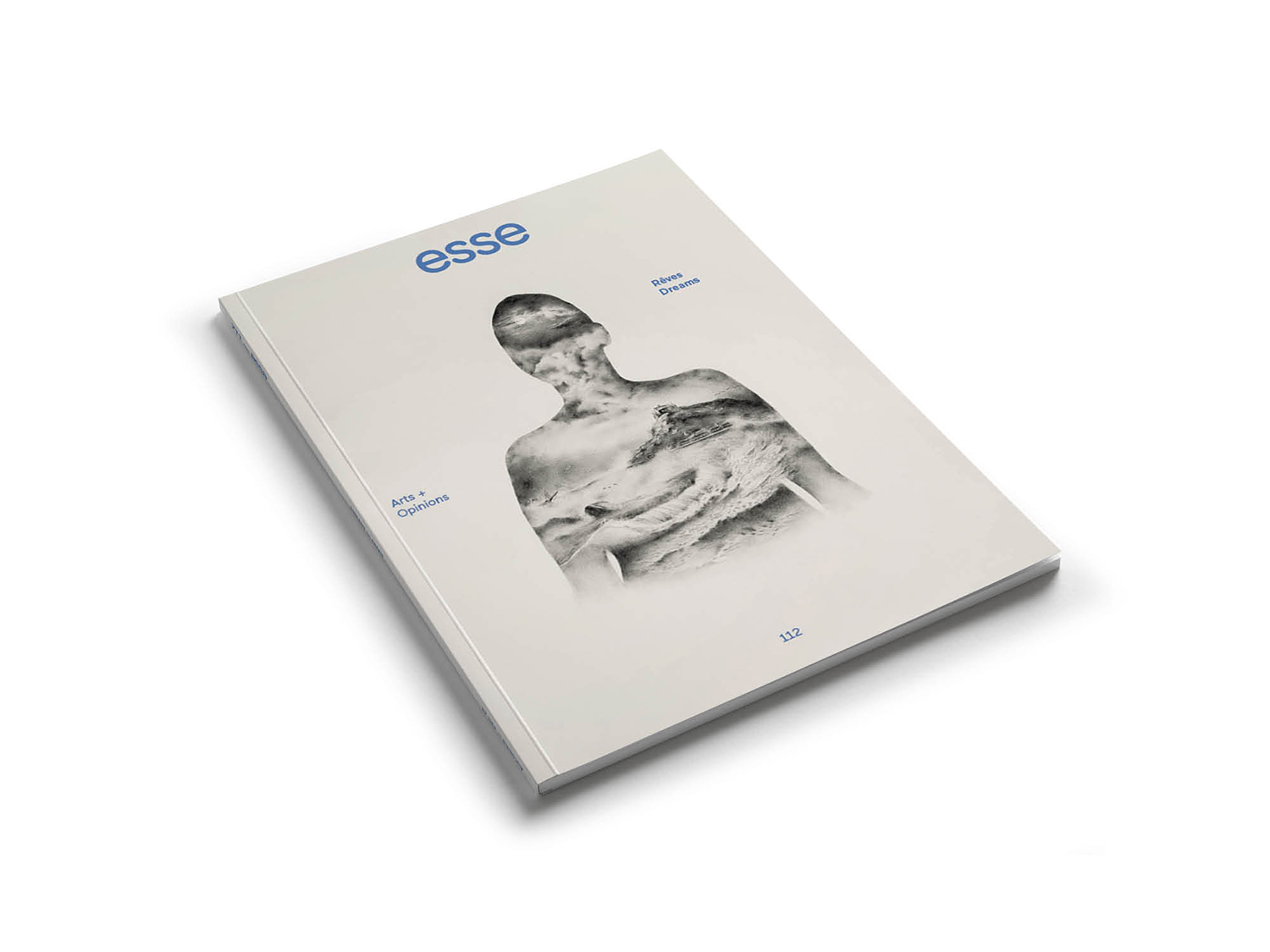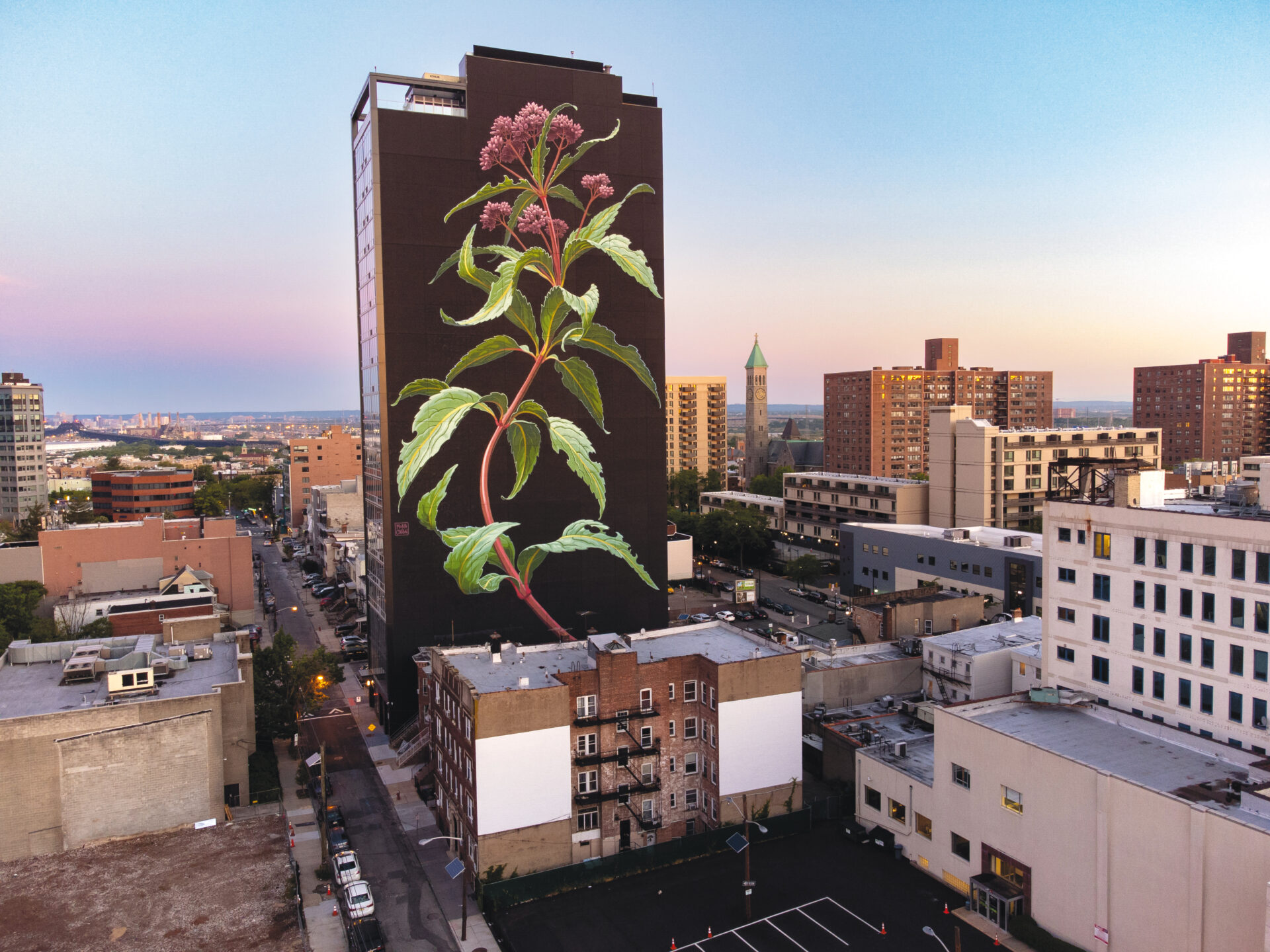
Photo: courtesy of the artist
Ursula K. Le Guin’s Dream-Time
In American science fiction author Ursula K. Le Guin’s 1972 novella The Word for World Is Forest, dreams are pivotal to exploring exploitation and rebellion on a distant planet.1 1 - Ursula K. Le Guin, The Word for World Is Forest (Berkeley: Berkeley Books, 1976). The parable is set in the fictional Hainish universe, on the planet of Athshe, which has been colonized by a military-controlled logging team from Earth (known as Terra). The hues of the small, fur-covered and forest-dwelling Athsheans span from rich green to brown and black, along with light-green skin on the facial area, palms, and soles of the feet. Among many differences between the Athsheans and the Terrans, the Athsheans rarely sleep and frequently engage in lucid dreaming throughout the day, which the Terrans pathologize and punish as laziness. The novella is a story of the exploitative extraction of resources from a colonized planet, a native population on that planet living in close harmony with its world, and a violent rebellion by those Indigenous communities against the exploitative human colonizers.




